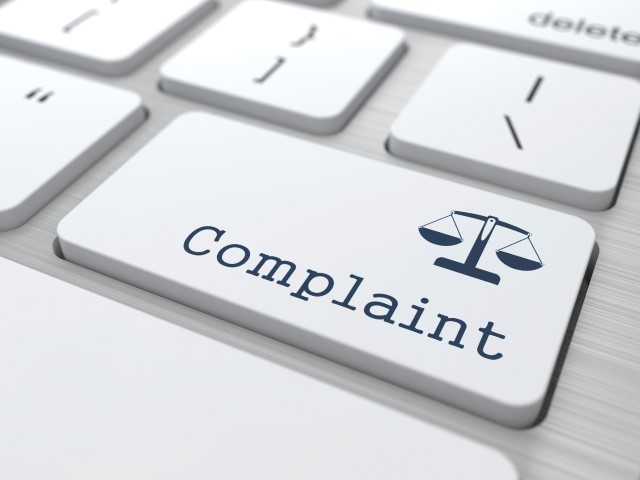
Over Half of Consumers Filing Complaints Online Opt In to Share Their Experiences Via the CFPB’s Public Complaint Database
WASHINGTON, D.C. — Today the Consumer Financial Protection Bureau (CFPB) goes live with an enhanced public-facing consumer complaint database, which includes for the first time over 7,700 consumer accounts of problems they are facing with financial companies concerning mortgages, bank accounts, credit cards, debt collection, and more. The CFPB is also publishing a Request for Information today seeking input on whether there are ways to enable the public to more easily understand and make comparisons of the complaint information.
“The Bureau’s work improves as we hear directly from consumers,” said CFPB Director Richard Cordray. “Every complaint tells us what people are facing in the financial marketplace. Publishing these consumer stories today is a historic milestone that we believe will lead to better outcomes for everyone.”
The Dodd-Frank Wall Street Reform and Consumer Protection Act, which created the CFPB, established the handling of consumer complaints as an integral part of the CFPB’s work. The CFPB began accepting complaints as soon as it opened its doors nearly four years ago in July 2011. It currently accepts complaints on many consumer financial products, including: credit cards; mortgages; bank accounts; private student loans; vehicle and other consumer loans; credit reporting; money transfers; debt collection; and payday loans. As of June 1, 2015, the Bureau has handled more than 627,000 complaints, with mortgages and debt collection being the most frequent topics. Through the complaint handling process, the Bureau has helped consumers secure hundreds of thousands of responses from companies as well as millions of dollars in monetary relief.
In June 2012, the CFPB launched its Consumer Complaint Database, which is the nation’s largest public collection of consumer financial complaints. It includes basic, anonymous, individual-level information about the complaints received, including the date of submission, the consumer’s zip code, the relevant company, the product type, the issue the consumer is complaining about, and how the company handled the complaint.
In March 2015, the Bureau finalized a policy to empower consumers to publicly share their stories when they submit complaints to the Bureau. Since the Bureau launched this feature, more than half of consumers submitting complaints to the CFPB website have “opted in” to share their accounts of what happened. Starting today, consumer narratives that have been scrubbed of personal information will be added to the complaint database on a daily basis.
Consumer narratives provide a firsthand account of the consumer’s experience. The narratives provide context to complaints, are easily searchable, and help spotlight specific trends. The narratives can also help consumers to make more informed decisions, as well as encourage companies to improve the overall quality of their products and services and more vigorously compete over good customer service.
The CFPB Consumer Complaint Database is designed to allow users to explore the information, spotlight particular practices and problems, and gain valuable insights. Specifically, users can:
- Search for specific product names or features: Users can now search consumer narratives for product names or features such as the brand name of a credit card or a mortgage feature.
- Highlight specific company practices and problems: Users can search for terms in consumer accounts of what happened such as “lost paperwork,” “foreclosure scam,” or “robo-signing.”
- Break down information by state: Users can sort complaints by state and zip code to spotlight local trends and information.
Consumer Complaint Narrative Policy
The CFPB consumer complaint narrative policy lays out the specific procedures and safeguards the Bureau has put in place to publish narratives in the database. The policy includes important safeguards for removing a consumer’s personal information and ensuring the informed consent of any consumer who participates. Under the CFPB policy, companies also have 180 days to select an optional public-facing response to be included in the public database. These company responses are included in the database for the first time today.
This policy builds on the safeguards the CFPB’s database already has in place. Complaints are listed in the database after the company responds to the complaint or after it has had the complaint for 15 days, whichever comes first. The CFPB will disclose the consumer narrative when the company provides its public-facing response, or after the company has had the complaint for 60 calendar days, whichever comes first.
The policy is available at: http://files.consumerfinance.gov/f/201503_cfpb_disclosure-of-consumer-complaint-narrative-data.pdf
Request for Information
Today, the Bureau is also issuing a Request for Information seeking public input on ways to make the data more useful to the public. Specifically, the Bureau is looking for ideas to enable the public to more easily understand information in the database and make comparisons of the complaints by normalizing, or adding additional context to, the complaint data.
The Request for Information is available at:




